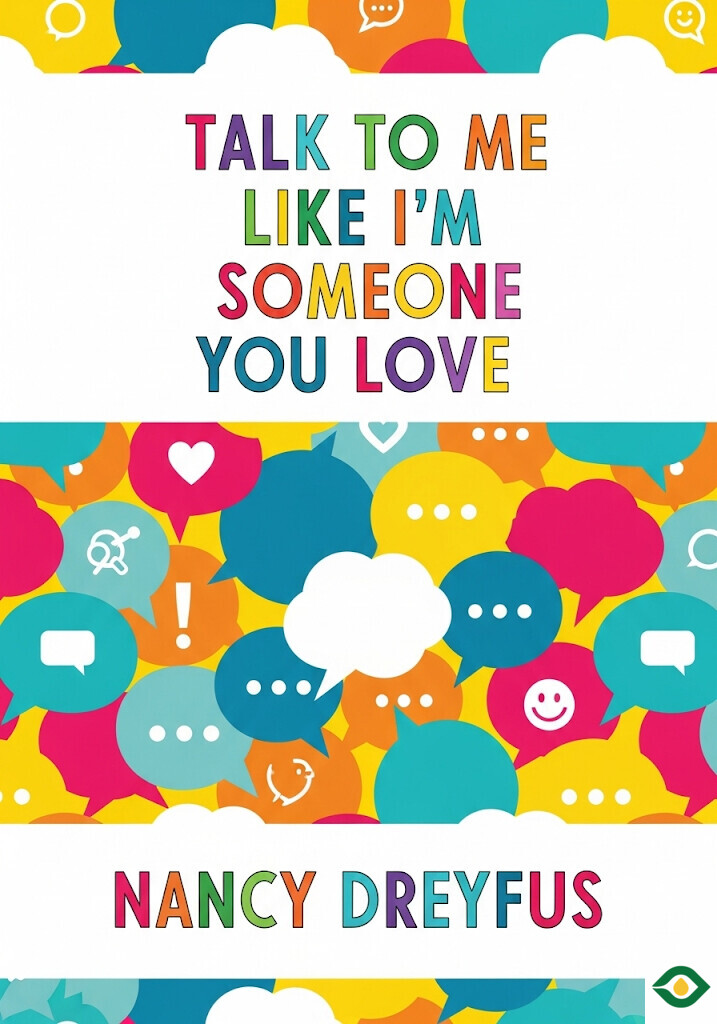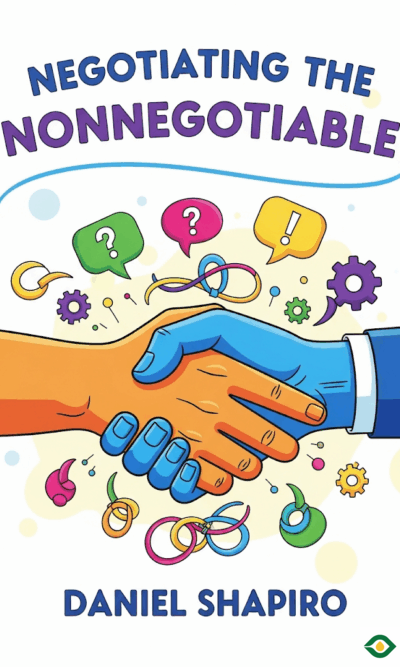Description
Relationships live or die by communication. When words are careless, a small disagreement can grow into distance and pain. When words are thoughtful, they can turn even the hardest conversations into opportunities for closeness. Talk to Me Like I’m Someone You Love is a gentle but powerful guide to improving the way couples speak to each other. It shows that the right tone, timing, and honesty can rebuild connection, trust, and respect.
At some point, everyone has been in a fight where no progress was made. The conversation might have circled endlessly, filled with frustration instead of solutions. The truth is, most arguments collapse not because of the subject itself, but because of how we speak about it. Language can either open doors or shut them. This book reminds us that love requires conscious word choices.
One of the simplest and strongest tools in communication is noticing when things are going wrong and changing course. Many couples push forward even when the mood turns sour, but a pause can save the moment. Saying something like, “Can we start again?” or “Could you say that in a calmer tone so I feel safe?” interrupts the negativity and resets the emotional tone. It doesn’t mean avoiding the issue. It means adjusting the energy so both partners can actually hear each other. Admitting that the current direction isn’t working shows maturity, care, and willingness to repair.
Another key lesson is validation. Validation means acknowledging that your partner’s feelings are real, even if you see the situation differently. Often in arguments, people get so caught up in proving their point that they forget to show understanding. But saying, “I can see you’re upset, and that matters to me,” can soften anger instantly. It doesn’t solve everything, but it shows that your partner’s emotions are seen. When people feel invisible, resentment grows. When they feel recognized, trust deepens.
Sometimes, validation means expressing your own vulnerability. For example, if your partner refuses to talk, you might gently explain, “When you stay silent, I feel like I don’t matter to you.” Honest statements like these shift the focus from blame to shared feelings. They invite openness instead of defense. Writing feelings down on a note card or letter can also help, because reading words quietly can sometimes feel less threatening than hearing them during heated moments.
No relationship can thrive without responsibility. Taking responsibility for your mistakes builds credibility and safety. Admitting you overreacted, ignored feelings, or spoke harshly doesn’t weaken you—it strengthens the bond. Many people fear that apologizing makes them small. In reality, it shows courage. Phrases like, “I recognize that I hurt you,” or “How can I make this up to you?” show that you value the relationship more than your pride. This kind of honesty clears away hidden resentment and creates space for growth.
Responsibility also requires understanding the effect of your actions. Maybe you weren’t aware that your tone was dismissive, or that your silence felt like rejection. Owning up to these blind spots brings clarity. It proves that your love is more important than being right. Over time, this habit creates deep trust, because both partners know mistakes will be admitted and repaired.
Once repair begins, forgiveness becomes essential. Making up isn’t only about saying “sorry.” It’s about softening the emotional walls and inviting closeness again. A simple phrase like, “Can we stop and hold each other?” can do more than hours of debate. Sometimes words aren’t enough—gestures like a hug, a touch, or quiet presence can carry healing. They remind both people that beneath the conflict, love still exists.
These practices are not about avoiding disagreements. Disagreements are natural in any relationship. What matters is how you move through them. A couple that learns to shift tone, validate feelings, take responsibility, and forgive will not avoid conflict—but they will grow stronger because of it. Each resolved argument becomes proof that the relationship is resilient.
At its heart, this book is a reminder that love is an active choice, repeated daily in how we speak. Tone can either calm or inflame. Words can either connect or divide. Silence can either soothe or wound. By choosing carefully, partners show that they care enough to protect the bond.
The lessons here apply to more than romantic partnerships. They matter in friendships, families, and even workplace relationships. Every human being wants to be heard, understood, and respected. When we treat each other with that kind of care, relationships transform.
In the end, communication is not about winning or losing arguments. It is about making sure both people feel loved and secure. By pausing when things spiral, validating feelings, taking responsibility, and offering forgiveness, couples can keep their love alive and strong. Relationships are not built on grand gestures, but on small, daily choices of kindness in language.
The message is simple but profound: speak to your partner as if they are someone you truly love. Because they are.





